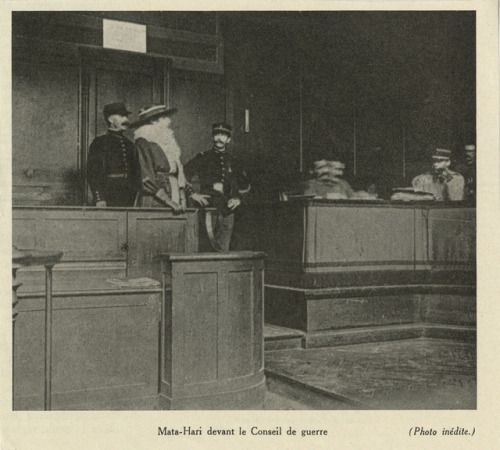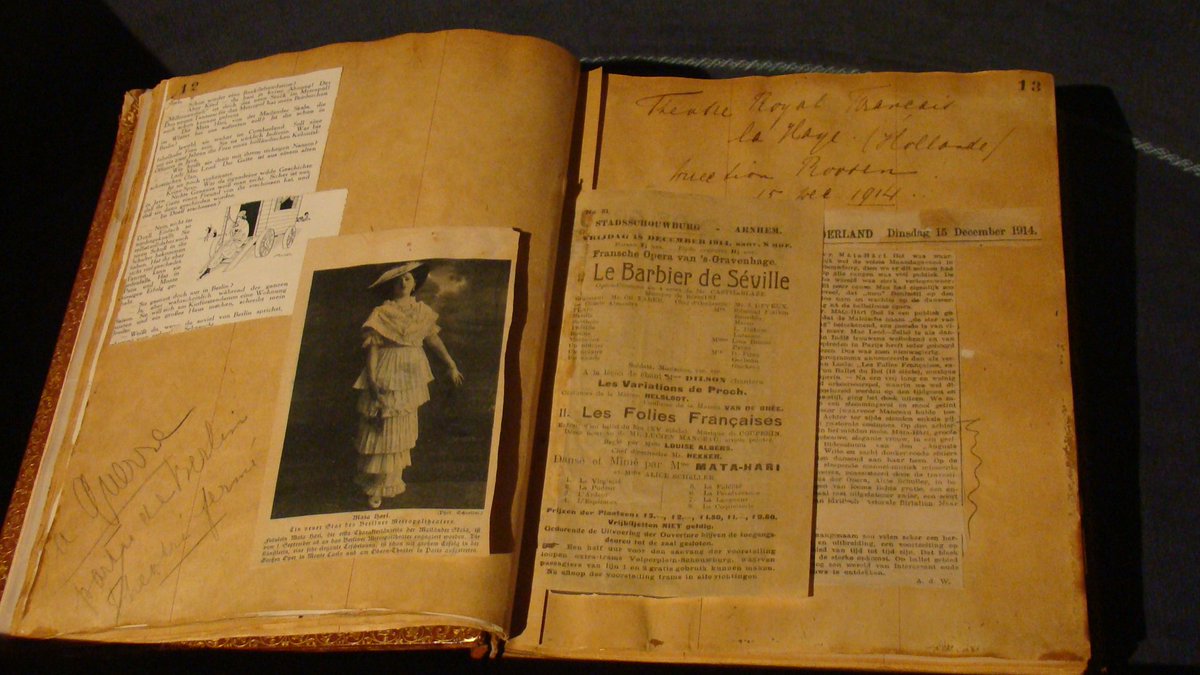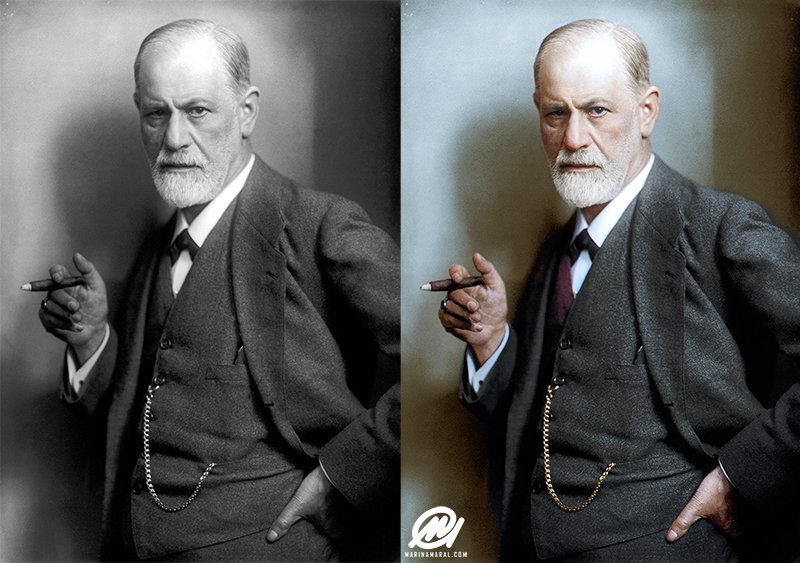Mata Hari was born #OnThisDay in 1876.
Margaretha Geertruida MacLeod was a Dutch exotic dancer and courtesan who was convicted of being a spy for Germany during WWI. Born in Leeuwarden, Netherlands, she was the eldest of four children of Adam Zelle and Antje van der Meulen.
Margaretha Geertruida MacLeod was a Dutch exotic dancer and courtesan who was convicted of being a spy for Germany during WWI. Born in Leeuwarden, Netherlands, she was the eldest of four children of Adam Zelle and Antje van der Meulen.
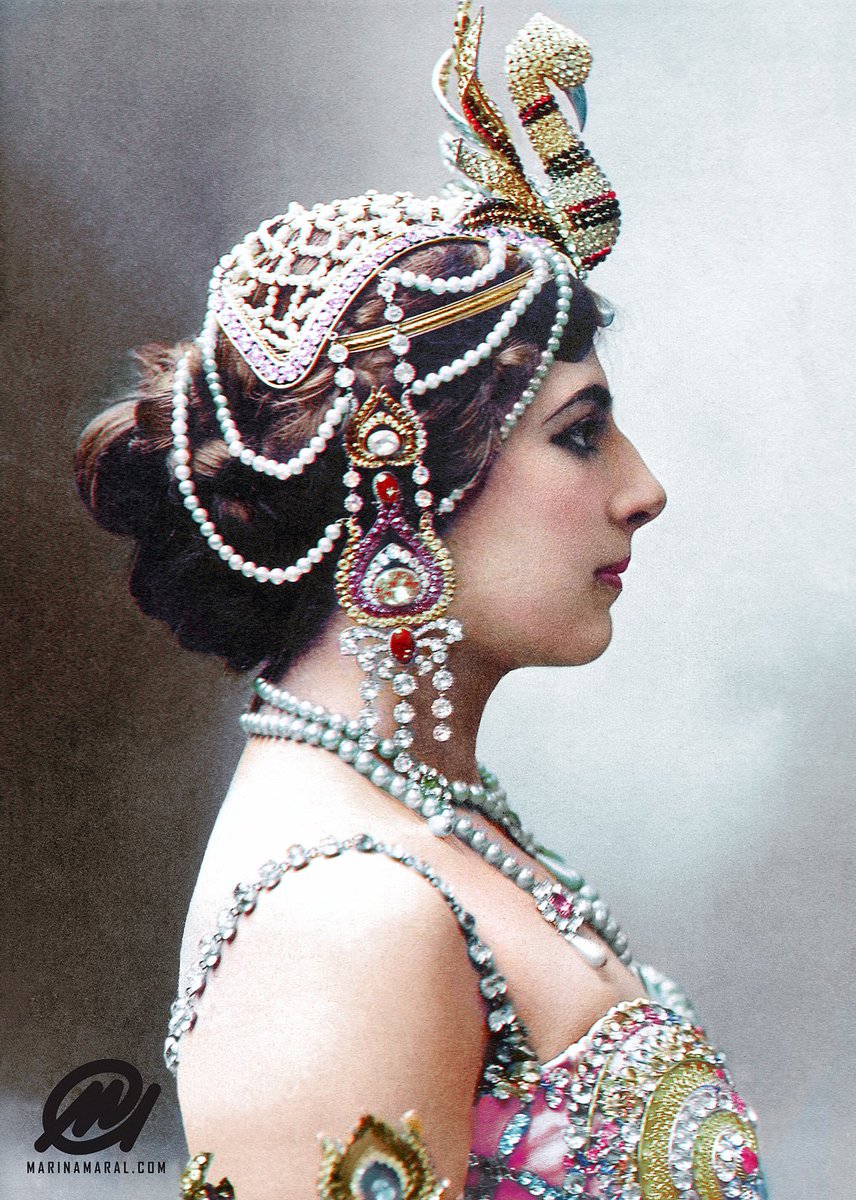
Her father owned a hat shop, made successful investments in the oil industry, and became affluent enough to give Margaretha a lavish early childhood that included exclusive schools until the age of 13. 

Soon after Margaretha's father went bankrupt in 1889, her parents divorced, and then her mother died in 1891. Her father remarried in Amsterdam on 9 February 1893 to Susanna Catharina ten Hoove, by whom he had no children.
The family fell apart, and Margaretha moved to live with her godfather in Sneek. Subsequently, she studied to be a kindergarten teacher in Leiden, but when the headmaster began to flirt with her conspicuously, she was removed from the institution by her offended godfather. 
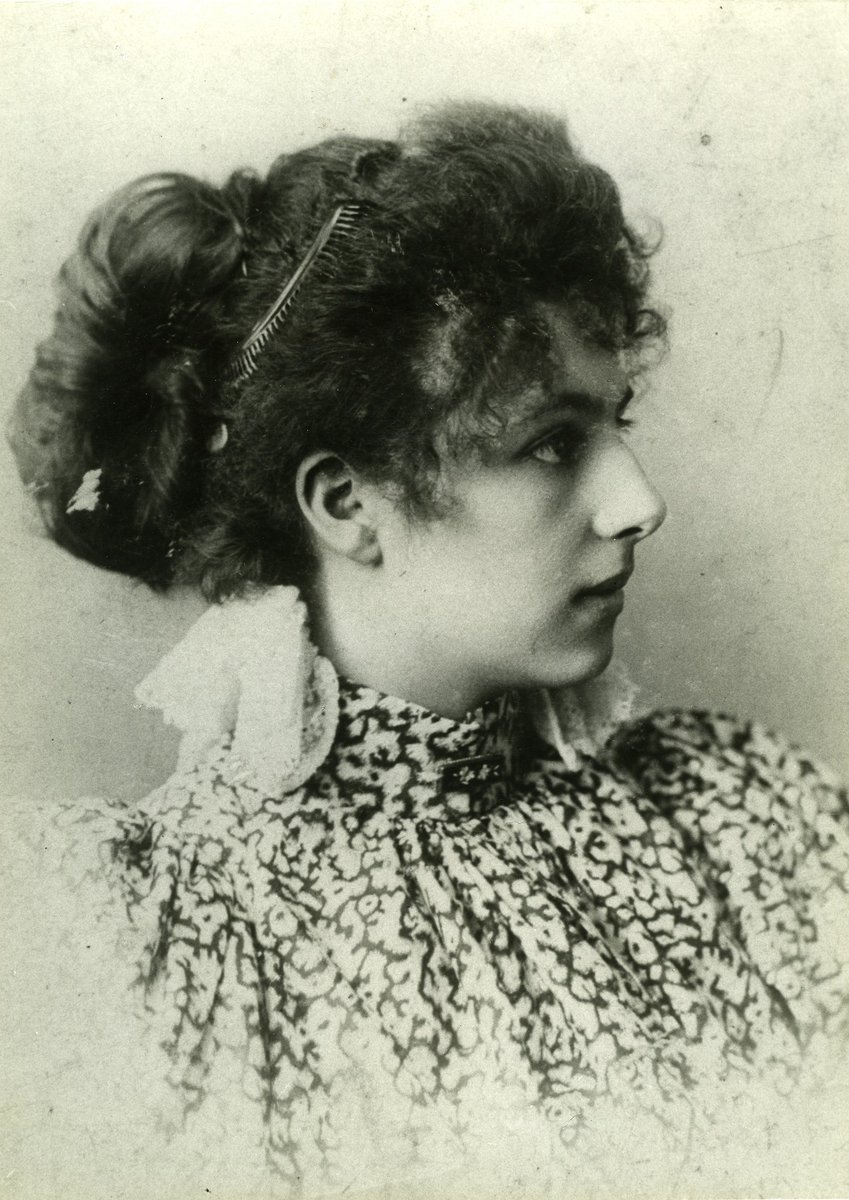
At 18, Zelle (aka Mata Hari) answered an advertisement in a Dutch newspaper placed by Dutch Colonial Army Captain Rudolf MacLeod (1 March 1856 – 9 January 1928), who was living in what was then the Dutch East Indies (now Indonesia) and was looking for a wife. 

Zelle married MacLeod in Amsterdam on 11 July 1895. The marriage enabled her to move into the Dutch upper class, and her finances were placed on a sound footing. 

They moved to Malang on the east side of the island of Java, traveling out on SS Prinses Amalia in May 1897, and had two children, Norman-John MacLeod (30 January 1897 – 27 June 1899) and Louise Jeanne MacLeod (2 May 1898 – 10 August 1919) 



The marriage was an overall disappointment. MacLeod was an alcoholic and regularly beat his wife, who was twenty years younger and whom he blamed for his lack of promotion. He also openly kept a concubine, a socially accepted practice in the Dutch East Indies at that time.
The disenchanted Zelle abandoned him temporarily, moving in with Van Rheedes, another Dutch officer. She studied the Indonesian traditions intensively for several months and joined a local dance company during that time.
In correspondence to her relatives in the Netherlands in 1897, she revealed her artistic name of Mata Hari, the word for "sun" in the local Malay language (literally, "eye of the day").
At MacLeod's urging, Zelle returned to him, but his behavior did not change. She escaped her circumstances by studying the local culture.
In 1899, their children fell violently ill from complications relating to the treatment of syphilis contracted from their parents, though the family claimed they were poisoned by an irate servant.
Jeanne survived, but Norman died. Some sources maintain that one of MacLeod's enemies may have poisoned a supper to kill both of their children.
After moving back to the Netherlands, the couple officially separated on 30 August 1902. The divorce became final in 1906.
After moving back to the Netherlands, the couple officially separated on 30 August 1902. The divorce became final in 1906.
Zelle was awarded custody of Jeanne. MacLeod was legally required to pay support, which he never did, making life very difficult for Zelle and her daughter.
During a visit of Jeanne with her father, MacLeod decided not to return Jeanne to her mother.
During a visit of Jeanne with her father, MacLeod decided not to return Jeanne to her mother.
Zelle did not have resources to fight the situation and accepted it, believing that while McLeod had been an abusive husband, he had always been a good father.
Jeanne later died at the age of 21, also possibly from complications relating to syphilis.
Jeanne later died at the age of 21, also possibly from complications relating to syphilis.
In 1903, Zelle moved to Paris, where she performed as a circus horse rider using the name Lady MacLeod, much to the disapproval of the Dutch MacLeods. Struggling to earn a living, she also posed as an artist's model. 

(It's not her in the photo)
By 1905, Mata Hari began to win fame as an exotic dancer. She was a contemporary of dancers Isadora Duncan and Ruth St. Denis, leaders in the early modern dance movement, which around the turn of the 20th century looked to Asia and Egypt for artistic inspiration. 
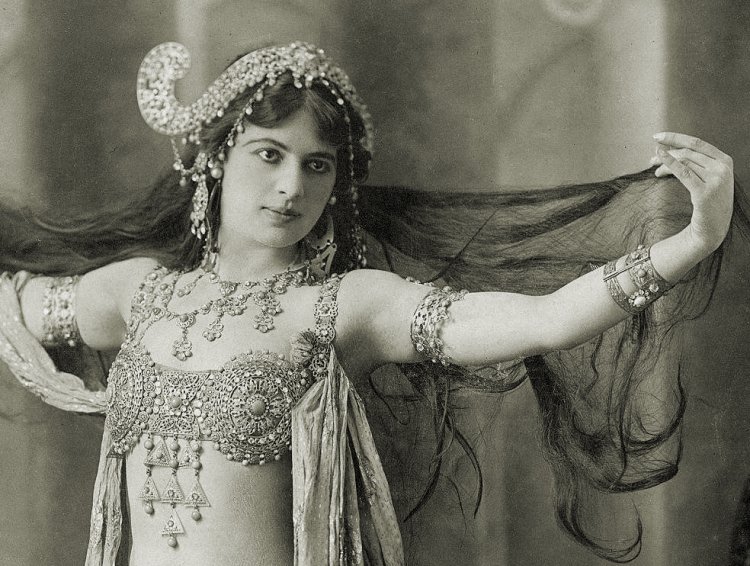
Promiscuous, flirtatious, and openly flaunting her body, Mata Hari captivated her audiences and was an overnight success from the debut of her act at the Musée Guimet on 13 March 1905. 
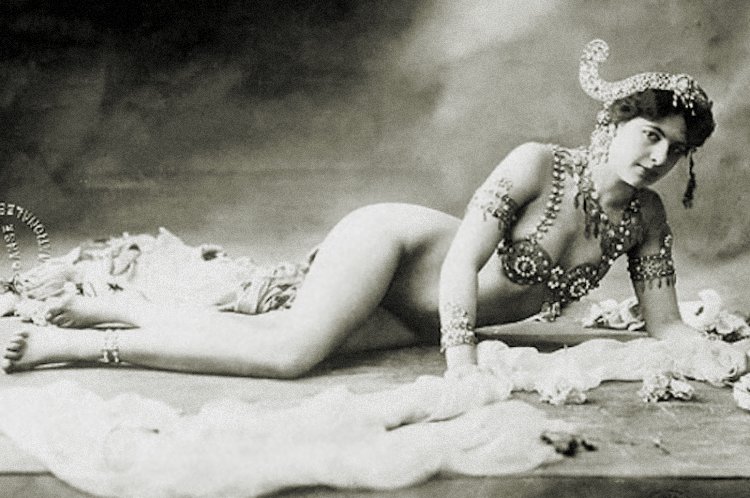
She was photographed numerous times during this period, nude or nearly so.
Some of these pictures were obtained by MacLeod and strengthened his case in keeping custody of their daughter.


Some of these pictures were obtained by MacLeod and strengthened his case in keeping custody of their daughter.



Mata Hari brought a carefree provocative style to the stage in her act, which garnered wide acclaim. The most celebrated segment of her act was her progressive shedding of clothing until she wore just a jeweled bra and some ornaments upon her arms and head. 
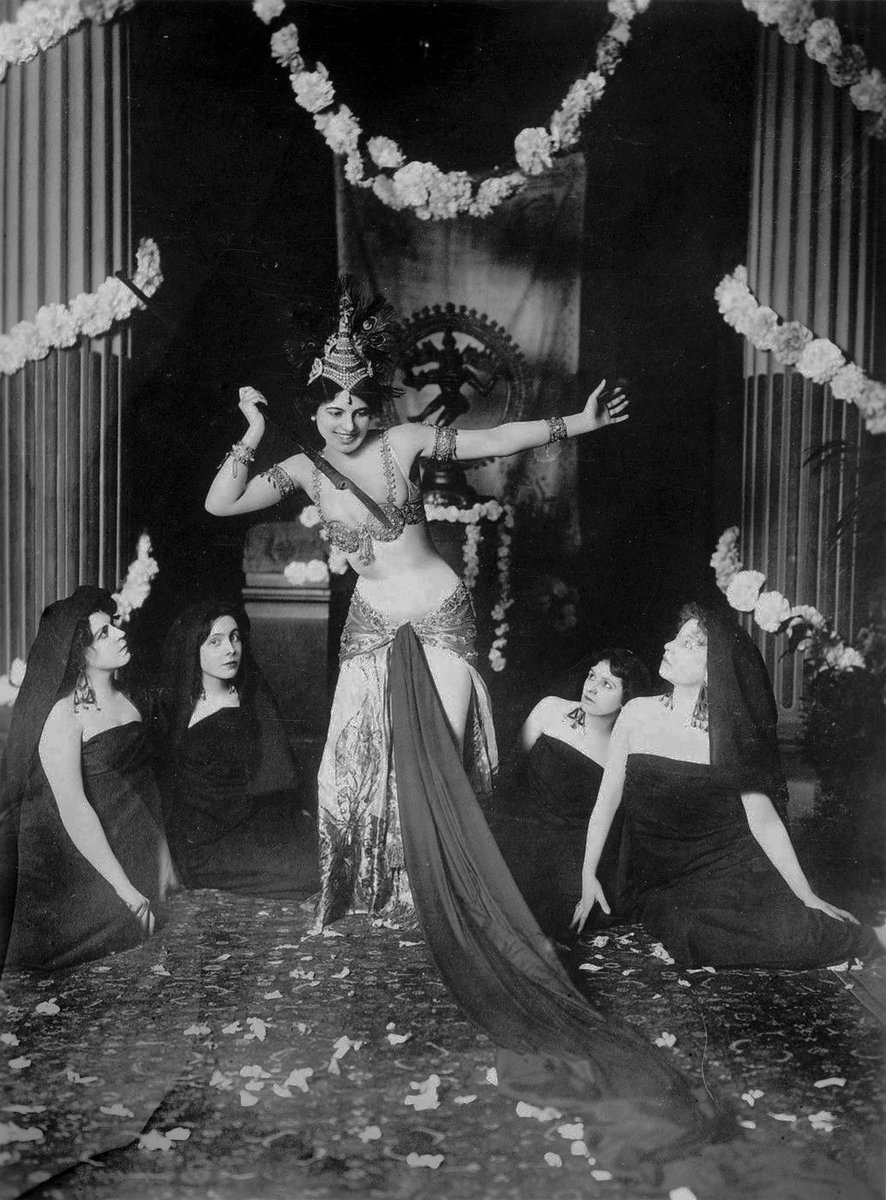
Her style and free-willed attitude made her a popular woman, as did her eagerness to perform in exotic and revealing clothing. She posed for provocative photos and mingled in wealthy circles.
One evidently enthused French journalist wrote in a Paris newspaper that Mata Hari was "so feline, extremely feminine, majestically tragic, the thousand curves and movements of her body trembling in a thousand rhythms." 

By about 1910, myriad imitators had arisen. Critics began to opine that the success and dazzling features of the popular Mata Hari were due to cheap exhibitionism and lacked artistic merit.
Although she continued to schedule important social events throughout Europe, she was held in disdain by serious cultural institutions as a dancer who did not know how to dance.
Mata Hari's career went into decline after 1912.
Mata Hari's career went into decline after 1912.
By this time she had become a successful courtesan, known more for her sensuality and eroticism than for her beauty.
She had relationships with high-ranking military officers, politicians, and others in influential positions in many countries. Her relationships and liaisons with powerful men frequently took her across international borders.
Prior to World War I, she was generally viewed as an artist and a free-spirited bohemian, but as war approached, she began to be seen by some as a wanton and promiscuous woman, and perhaps a dangerous seductress. 

During World War I, the Netherlands remained neutral. As a Dutch subject, Zelle was thus able to cross national borders freely. To avoid the battlefields, she travelled between France and the Netherlands via Spain and Britain, and her movements inevitably attracted attention.
During the war, Zelle was involved in what was described as a very intense romantic-sexual relationship with a Russian pilot serving with the French, the twenty-five year old Captain Vadim Maslov, whom she called the love of her life. 

In the summer of 1916, Maslov was shot down and badly wounded during a dogfight with the Germans, losing his sight in both eyes, which led Zelle to ask for permission to visit her wounded lover at the hospital where he was staying near the front.
As a citizen of a neutral country, Zelle would not normally be allowed near the front. Zelle was met by agents from the Deuxième Bureau who told her that she would only be allowed to see Maslov if she agreed to spy on Germany. 

Before the war, Zelle had performed as Mata Hari several times before the Crown Prince Wilhelm, eldest son of Kaiser Wilhelm II.
The Deuxième Bureau believed she might be able to obtain information by seducing the Crown Prince for military secrets.
The Deuxième Bureau believed she might be able to obtain information by seducing the Crown Prince for military secrets.
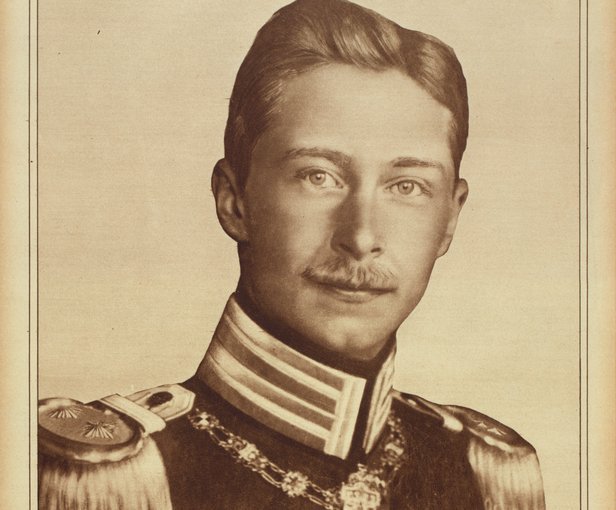
Unaware that the Crown Prince did not have much to do with the running of Army Group Crown Prince or the 5th Army, the Deuxième Bureau offered Zelle one million francs if she could seduce him and provide France with good intelligence about German plans.
Zelle's contact with the Deuxième Bureau was Captain Georges Ladoux, who was later to emerge as one of her principal accusers. 

In November 1916, she was travelling by steamer from Spain when her ship called at the British port of Falmouth. There she was arrested and brought to London...
... where she was interrogated at length by Sir Basil Thomson, Assistant Commissioner at New Scotland Yard in charge of counter-espionage. 

He gave an account of this in his 1922 book Queer People, saying that she eventually admitted to working for the Deuxième Bureau. Initially detained in Cannon Street police station, she was then released and stayed at the Savoy Hotel.
A full transcript of the interview is in Britain's National Archives. It is unclear if she lied on this occasion.
In late 1916, Zelle travelled to Madrid, where she met with the German military attaché, Major Arnold Kalle, and asked if he could arrange a meeting with the Crown Prince. 

During this period, Zelle apparently offered to share French secrets with Germany in exchange for money, though whether this was because of greed or an attempt to set up a meeting with Crown Prince Wilhelm remains unclear.
In January 1917, Major Kalle transmitted radio messages to Berlin describing the helpful activities of a German spy code-named H-21, whose biography so closely matched Zelle's that it was patently obvious that Agent H-21 could only be Mata Hari.
The Deuxième Bureau intercepted the messages and, from the information they contained, identified H-21 as Mata Hari.
The messages were in a code that German intelligence knew had already been broken by the French, suggesting that the messages were contrived to have Zelle arrested by the French.
Photo: Mata Hari on the day of her arrest, 13-2-1917.
Photo: Mata Hari on the day of her arrest, 13-2-1917.
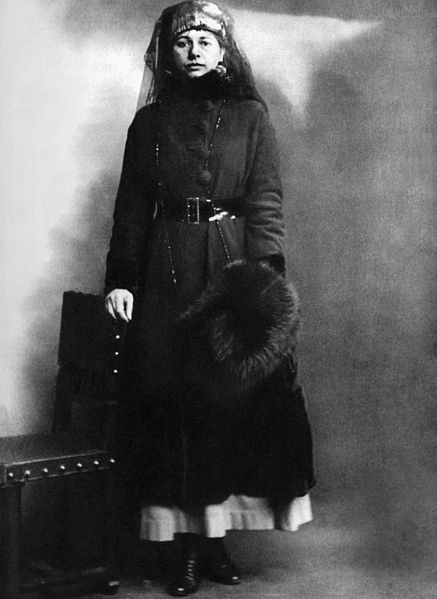
General Walter Nicolai, the chief IC of the German Army, had grown very annoyed that Mata Hari had provided him with no intelligence worthy of the name, instead selling the Germans mere Paris gossip about the sex lives of French politicians and generals.
He then decided to terminate her employment by exposing her as a German spy to the French.
In December 1916, the French Second Bureau of the French War Ministry let Mata Hari obtain the names of six Belgian agents. Five were suspected of submitting fake material and working for the Germans, while the sixth was suspected of being a double agent for Germany and France.
Two weeks after Mata Hari had left Paris, the double agent was executed by the Germans, while the five others continued their operations. This development served as proof to the Second Bureau that the names of the six spies had been communicated by Mata Hari to the Germans.
On 13 February 1917, Mata Hari was arrested in her room at the Hotel Elysée Palace on the Champs Elysées in Paris. She was put on trial on 24 July, accused of spying for Germany, and consequently causing the deaths of at least 50,000 soldiers. 

Although the French and British intelligence suspected her of spying for Germany, neither could produce definite evidence against her. Supposedly secret ink was found in her room, which was incriminating evidence in that period. She contended that it was part of her makeup.
Zelle admitted that she had accepted 20,000 francs from a German diplomat in the Netherlands to spy on France, but insisted she only passed on to the Germans trivial information as her loyalty was entirely to her adopted nation, France.
Zelle wrote several letters to the Dutch Ambassador in Paris, claiming her innocence.
"My international connections are due of my work as a dancer, nothing else .... Because I really did not spy. It is terrible that I cannot defend myself".
"My international connections are due of my work as a dancer, nothing else .... Because I really did not spy. It is terrible that I cannot defend myself".
The most terrible and heart-breaking moment for Mata Hari during the trial occurred when her lover Maslov – by now a deeply embittered man as a result of losing his eyes in combat – declined to testify for her, telling her he couldn't care less if she were convicted or not.
It was reported that Zelle fainted when she learned that Maslov had abandoned her.
Her defense attorney faced impossible odds; he was denied permission either to cross-examine the prosecution's witnesses or to examine his own witnesses directly.
Bouchardon used the very fact that Zelle was a woman as evidence of her guilt, saying: "Without scruples, accustomed to make use of men, she is the type of woman who is born to be a spy."
It is contended by some historians that Mata Hari may have merely accepted money from the Germans without actually carrying out any spy duties. At her trial, she insisted that her sympathies were with the Allies and declared her passionate love of France, her adopted homeland.
In October 2001, documents released from the archives of MI5 (British counter-intelligence) were used by the Mata Hari Foundation to ask the French government to exonerate Zelle as they argued that the MI5 files proved she was not guilty of the charges she was convicted of.
October 15, 1917. Dressed in a blue coat accented by a tri-corner hat, she arrived at the Paris execution site with a minister and two nuns and, after bidding them farewell, walked briskly to the designated spot.
(Photo: Jeanne Moreau in the 1964 film Mata Hari, Agent H21)
(Photo: Jeanne Moreau in the 1964 film Mata Hari, Agent H21)
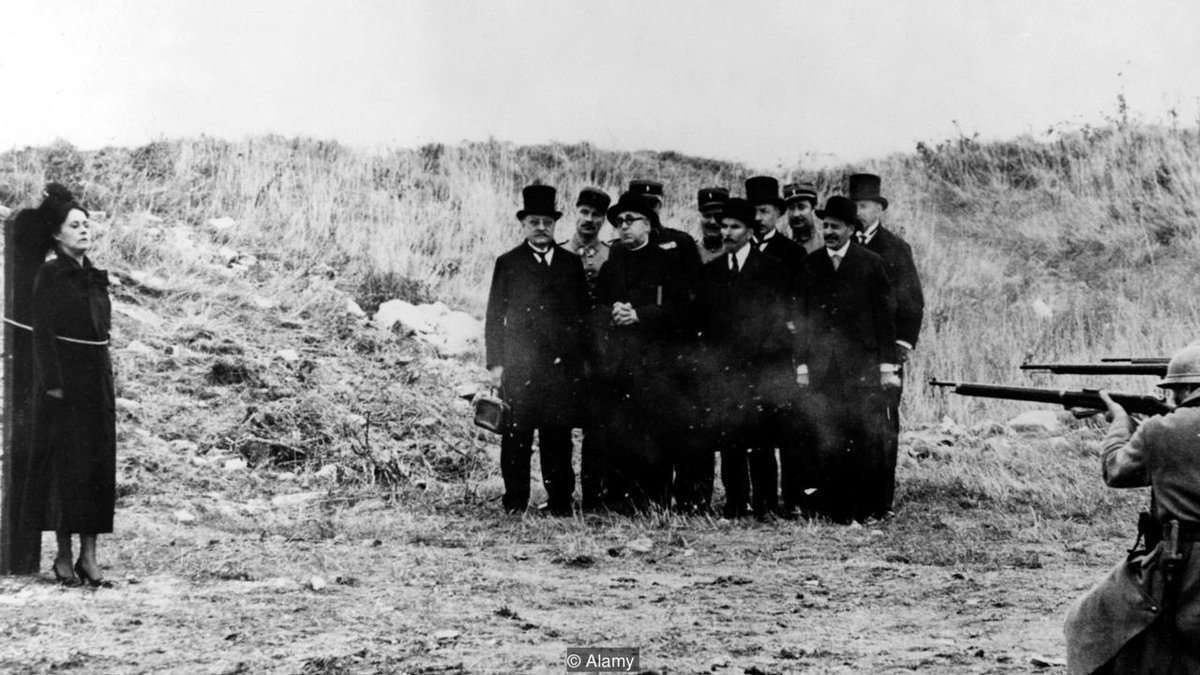
According to an eyewitness account by British reporter Henry Wales, she was not bound and refused a blindfold.
Zelle then turned to face the firing squad and blew them a kiss. They fired.
Zelle then turned to face the firing squad and blew them a kiss. They fired.
Wales recorded her death, saying that after the volley of shots rang out:
"Slowly, inertly, she settled to her knees, her head up always, and without the slightest change of expression on her face.
"Slowly, inertly, she settled to her knees, her head up always, and without the slightest change of expression on her face.
For the fraction of a second it seemed she tottered there, on her knees, gazing directly at those who had taken her life. Then she fell backward, bending at the waist, with her legs doubled up beneath her."
A non-commissioned officer then walked up to her body, pulled out his revolver, and shot her in the head to make sure she was dead. She was 41.
Mata Hari's body was not claimed by any family members and was accordingly used for medical study.
Her head was embalmed and kept in the Museum of Anatomy in Paris. In 2000, archivists discovered that it had disappeared, possibly as early as 1954. It remains missing.
Her head was embalmed and kept in the Museum of Anatomy in Paris. In 2000, archivists discovered that it had disappeared, possibly as early as 1954. It remains missing.
Mata Hari's birthplace is located in the building at Kelders 33. The building suffered smoke and water damage during a fire in 2013, but was later restored.
Margaretha Geertruida Zelle
Born: 7 August 1876
Leeuwarden, Netherlands.
Died: 15 October 1917 (aged 41)
Vincennes, Paris, France.
Born: 7 August 1876
Leeuwarden, Netherlands.
Died: 15 October 1917 (aged 41)
Vincennes, Paris, France.
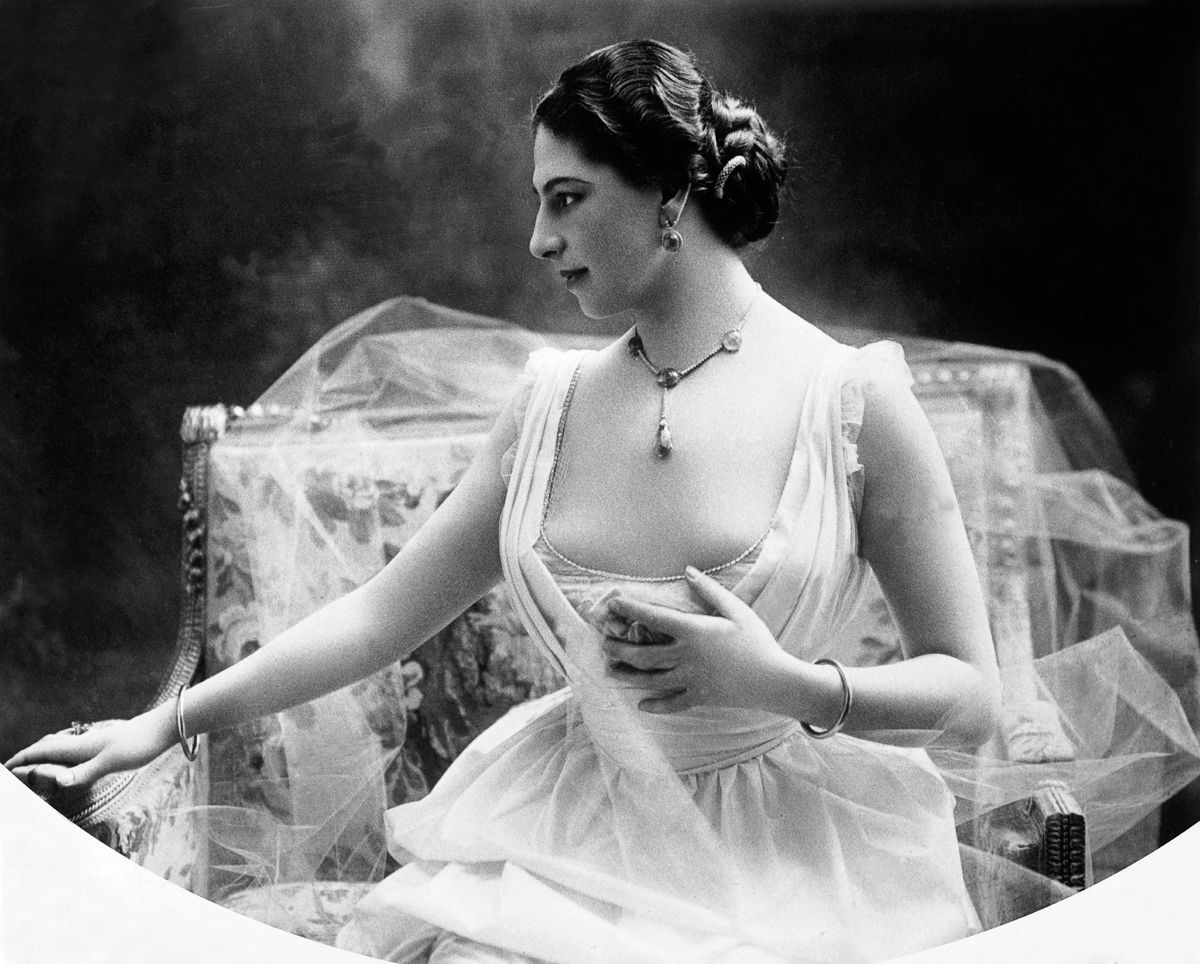
• • •
Missing some Tweet in this thread? You can try to
force a refresh


